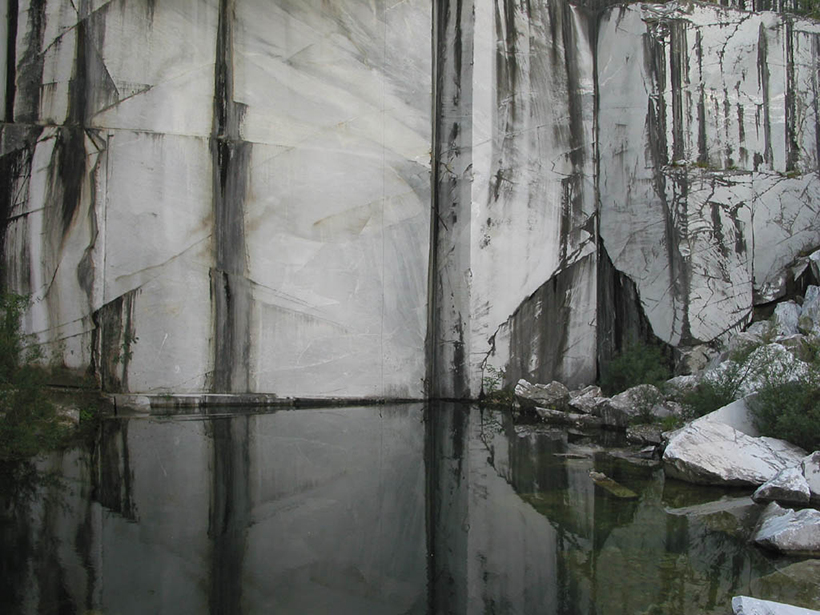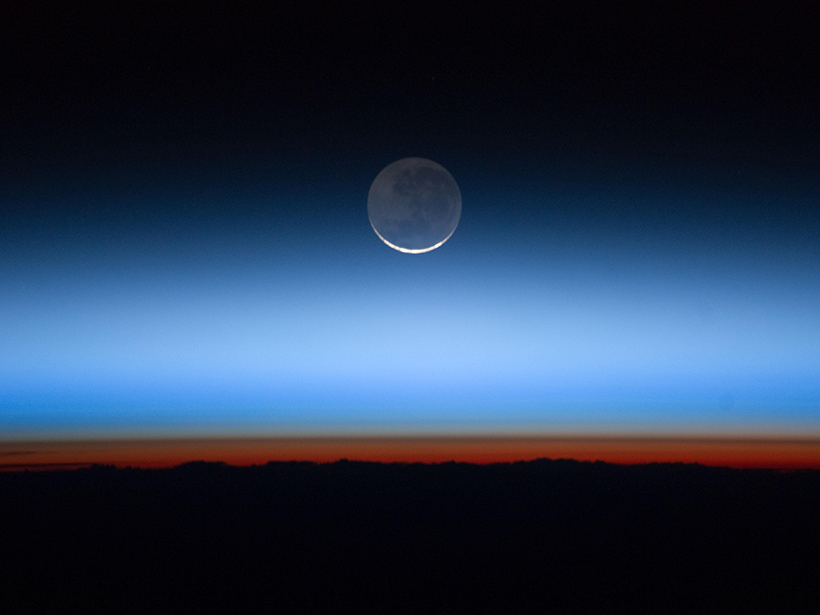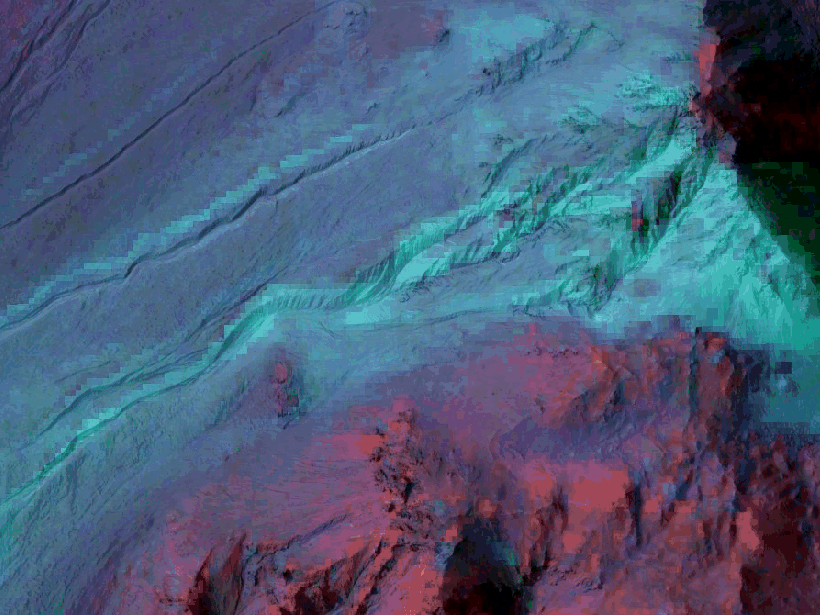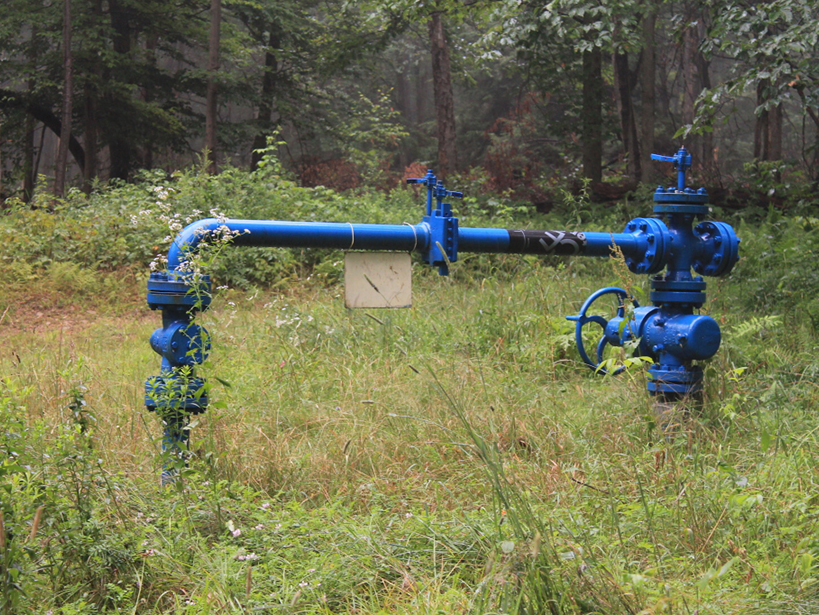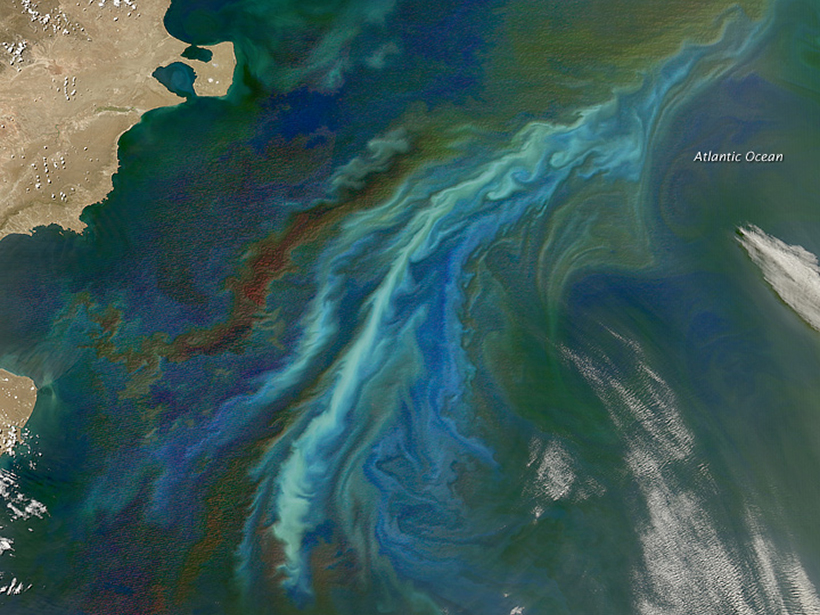Ocean and atmospheric data provide evidence for how sea surface temperatures affect the Southern Annular Mode.
Sarah Stanley
Sarah Stanley, a freelance writer for Eos, has a background in environmental microbiology but covers a wide range of science stories for a variety of audiences. She has also written for PLOS, the University of Washington, Kaiser Permanente, Stanford Medicine, Gladstone Institutes, and Cancer Commons, a nonprofit that works with cancer patients.
New Technique Tracks Rock Deformation at a Micrometric Scale
Scientists explore microscopic marble deformation at high pressures and temperatures using a novel experimental technique that could improve our understanding of rock deformation in nature.
Mysterious Anomaly Interrupts Stratospheric Wind Pattern
For the first time, scientists have observed a deviation from the typical alternating pattern of easterly and westerly winds in the equatorial stratosphere.
The Role of Seafloor Methane in Ancient Global Warming
New research suggests that release of methane from seafloor hydrates was much slower than hypothesized during a period of rapid global warming about 56 million years ago.
Tremors Reveal the Structure of Deep Glacial Shafts
Seismic waves produced by free-falling meltwater could improve understanding of glacial drainage processes.
How Do Gullies Form on Mars?
New orbiter data support an important role for seasonal frost—not liquid water—in the formation of Martian gullies.
What Happens to Methane That Leaks from Abandoned Wells?
Three-dimensional simulations suggest that some aquifers may be more vulnerable to contamination from leaky oil wells than others.
Minerals Hint at Liquid Groundwater, More Oxygen in Mars's Past
Manganese deposits in Gale Crater fractures are similar to Earth features that usually require flowing water and highly oxidizing conditions.
An Ancient Sea Once Separated the Pacific and Indian Oceans
Seafloor under the hypothesized East Asian Sea vanished 10 million years ago as surrounding plates swallowed it up, according to new reconstructions of plate tectonics in the Philippine Sea region.
A New Mechanism for Nitrogen Cycling in the Southern Ocean
A nitrite-oxidizing enzyme may work in reverse for some microbes in the Antarctic autumn.

